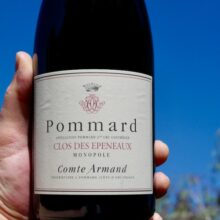
Product information
Domaine Comte Armand 1er Cru ‘Clos Epeneaux’ 2022
$525
Description
Background hints of wood can be found on the ripe and nicely fresh aromas of poached plum, black cherry and violet. The round, velvety and rich medium weight plus flavors possess fine mid-palate concentration before culminating in a youthfully austere, serious, compact and sneaky long finale. This potentially outstanding effort could use better depth so at least some patience should prove beneficial and 12 to 15 years would be better still. (the 5+ ha Clos is composed of approximately 80% Petits Epenots and 20% Grands Epenots; the vine ages run from 18 to 80+ years of age and the wine is raised in ~30% new wood) 2034+ ♥ Sweet spot Outstanding
Allen Meadows, Burghound (92-94) Points
In stock





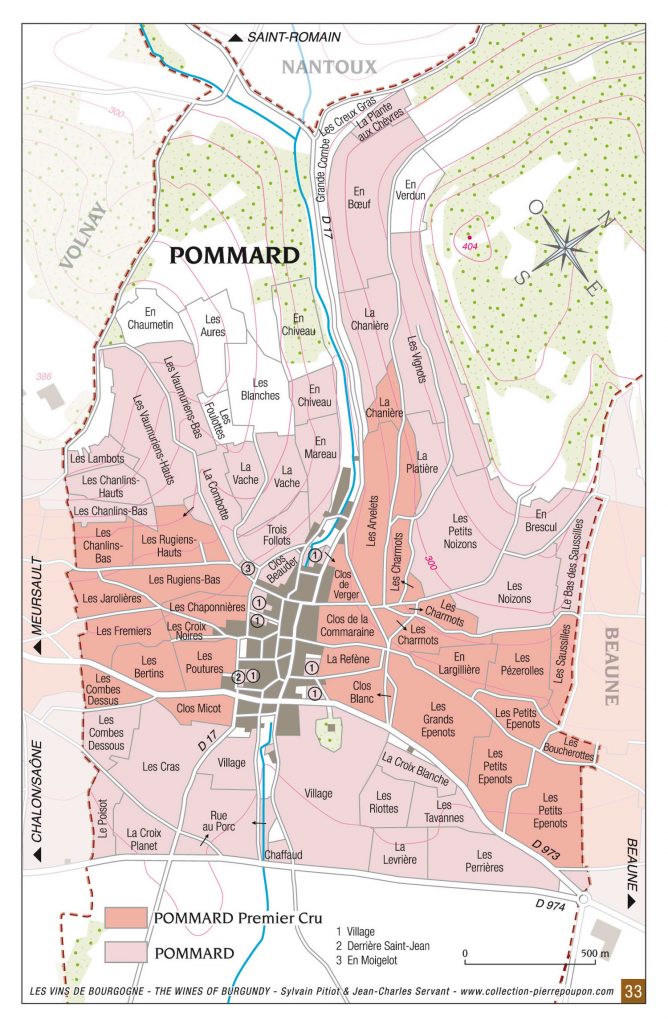
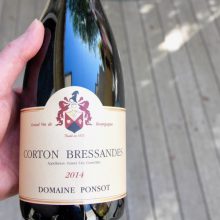
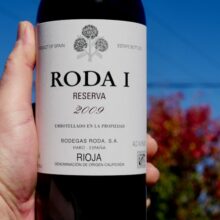
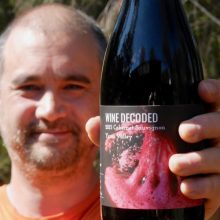

You must be logged in to post a comment.